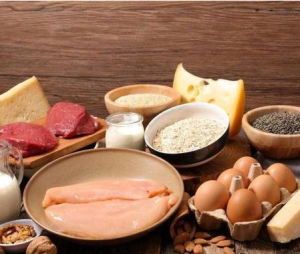Product Information
Alias: L-ascorbic acid, vitamin C, vitamin C Water solubility: soluble
Chemical formula: C6H8O6 Density: 1.694 g/cm ³
Molecular weight: 176.13 Appearance: white crystalline or crystalline powder, odorless, sour taste
CAS: 50-81-7 Flashpoint: 238.2 ℃
EINECS:200-066-2 Application: nutritional supplements, antioxidants, analytical reagents
Melting point: 190 to 192 ℃ Safety Description: S26 S36 S24/25
Boiling point: 553 ℃ Hazard symbol: R20/21/22 R36/37/38
Application
Food industry
Preservation of fruits and vegetables:
The rapid senescence of fruits after harvest is closely related to the production of a large number of reactive oxygen species by the post-harvest metabolism of the pulp. If the active oxygen species in the cells cannot be removed by the antioxidant system in time, it will lead to oxidative stress.


Browning resistance:
Improve protein properties: vitamin C is unstable in an aqueous solution and has an oxidation-reduction ascorbic acid system. Studies have shown that the active carbonyl group of DHA, the first stable oxidation product of vitamin C, and other further oxidation products (threose, oxalic acid, etc.) can be crosslinked with amino acid residues, and the above effects may affect the properties of the protein.


Inhibition of fat oxidation:
Vitamin C can not only inhibit lipid oxidation but also improve the antioxidant capacity of lotion. Because of the good reducibility of vitamin C, it can remove oxygen from food and protect the oil from oxidation.
Chemical property
Acid-base property
The molecular structure of vitamin C has the structure of dienol, and the aqueous solution is acidic.
Reducibility
The structure of dienol in vitamin C molecule is easy to release H atom and has strong reducibility
Instability
Vitamin C is unstable in aqueous solution and is quickly oxidized to dehydroascorbic acid, especially in neutral or alkaline solution
